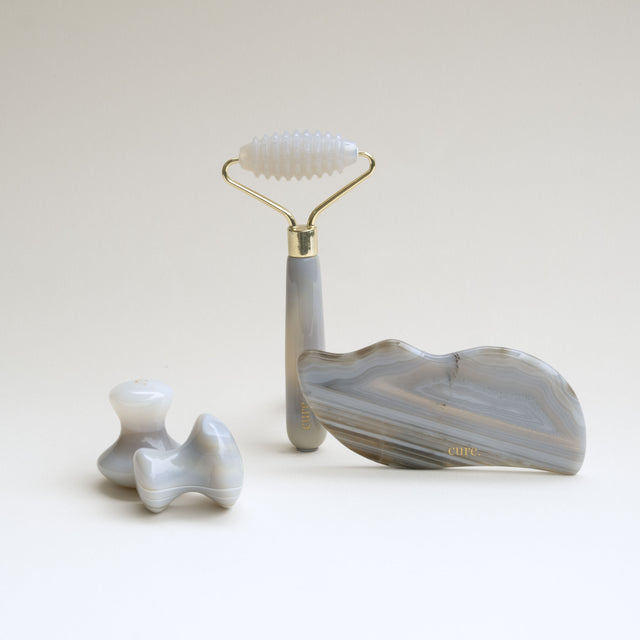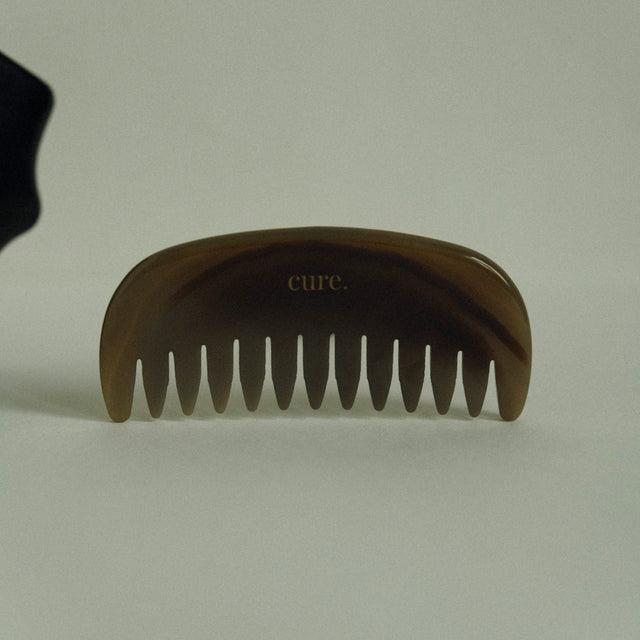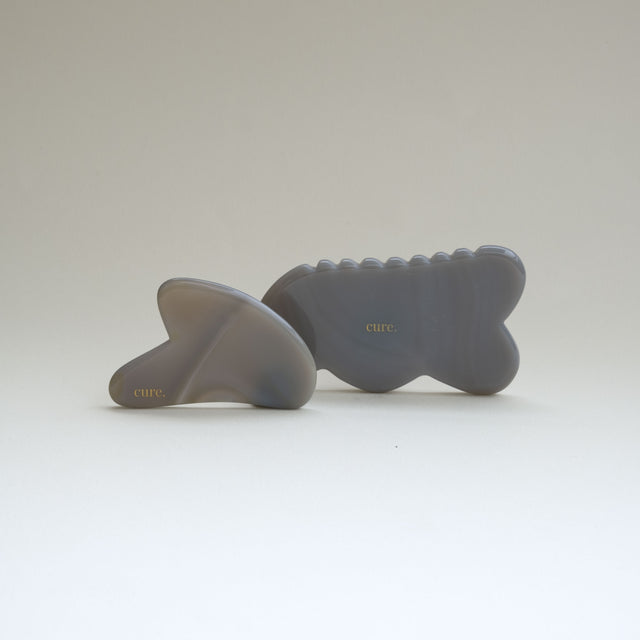What you need to know about the pH of facial skin
Our skin contains water molecules and has an acid-alkaline balance (pH). It is not constant and changes depending on the condition of our skin.
pH is the ratio of acid to alkali. This indicator can fluctuate from 0 to 14, where 0 is the most acidic value, 7 is neutral, and 14 is alkaline. The normal pH is in the range of 4 to 6. The ideal pH level is considered to be 5.5. When the pH is normal, protective functions work well, the skin maintains elasticity, and there are no problems with sebum production.
For dry skin, the pH is typically between 3 to 5.5. For oily skin, it ranges from 5.7 to 6. Disruption of the acid-alkaline balance immediately affects the condition of the skin. With low pH, there is flaking, severe dryness, tightness, itching, and redness. Too high a level can be identified by enlarged pores, breakouts, and oily shine. The exact pH level can be determined by a cosmetologist using a special device.
How to maintain pH balance:
- Wash your face with special products and do not use soap for this purpose, as it creates an excessively alkaline environment.
- Choose cosmetics that are suitable for your skin type at the moment. Cosmetics have their own pH, and it is important that it suits your skin. For example, products for oily skin are aimed at reducing the predominance of an alkaline environment, and if such cosmetics are used for dry skin, it will worsen its condition.
- Do not overuse acidic peels. Strong acid peels have a low pH level, and it is better to use such products under the supervision of a cosmetologist. For home use, it is better to choose milder options.
- In addition to cosmetics, our lifestyle and habits also affect the pH of the skin. Smoking significantly reduces the pH level. Negative effects are caused by strict diets and unbalanced nutrition, as well as prolonged exposure to the sun without SPF.








